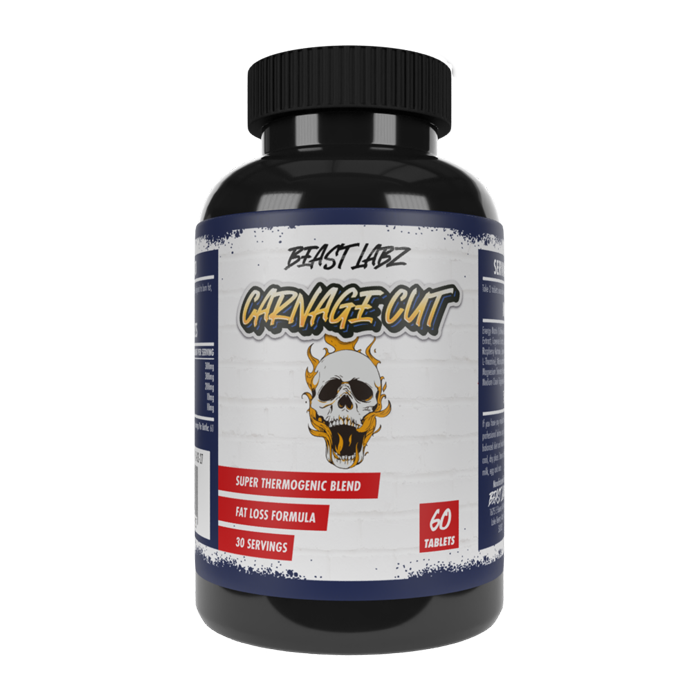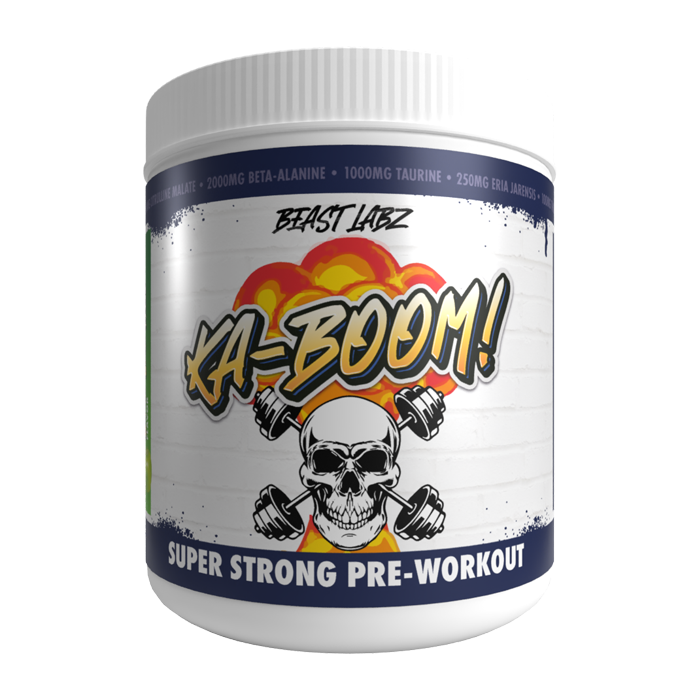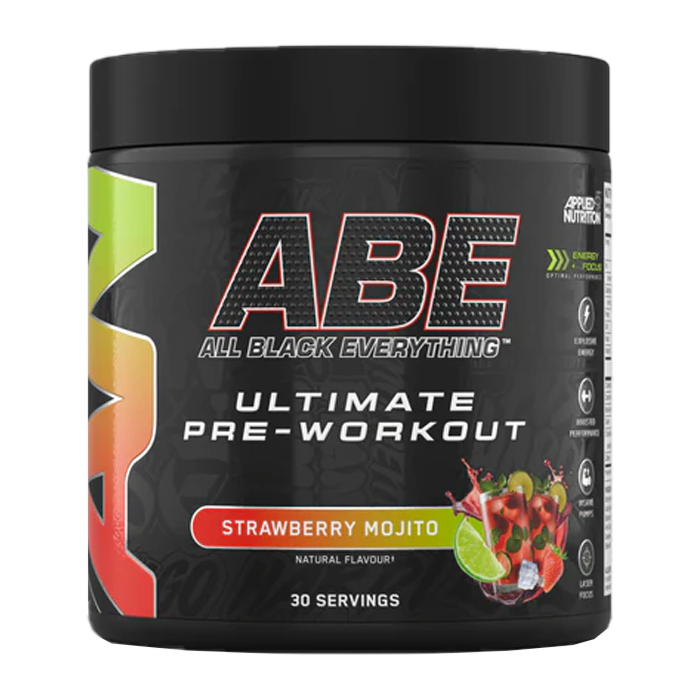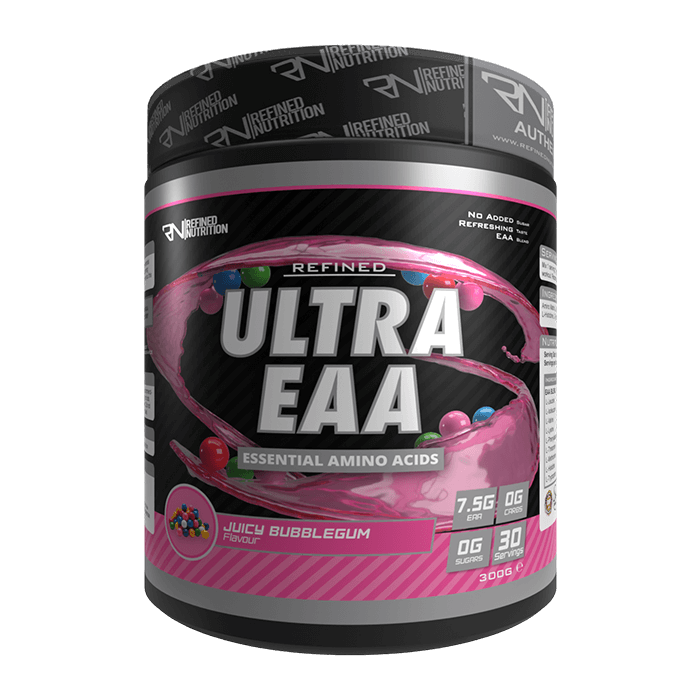![Maximising benefits with creatine [Optimum Nutrition]](http://www.libertysupplements.co.uk/cdn/shop/articles/Liberty_Supplements_Blog_Graphics_-_Optimum_Nutrition.png?v=1726761984&width={width})
Maximising benefits with creatine [Optimum Nutrition]

-
Who should use it? Creatine improves performance in short-term high intensity training. This kind of training can help athletes increase their strength, muscle mass, and improve their single or repeated sprint performance.
-
Optimal daily dosage of creatine: An effective and convenient method of supplementing creatine is to take 3 grams per day.
-
Effective ways to take creatine: If you prefer to take creatine as part of your morning routine, add it to fruit juice, or consume it as part of a post-workout protein shake.
-
What is creatine loading and how do I do it? Creatine loading is a method to rapidly fill the muscle’s stores of creatine, typically by taking 20 grams per day for 5-7 days followed by a lower maintenance dose of 3.0-5.0 grams per day.
-
Is loading creatine necessary? It isn’t necessary. Taking a standard daily dose of 3 grams per day for 28 days will lead to the same levels of creatine in your muscle.
-
Do I need to cycle creatine supplementation? No, Long term creatine supplementation has been found to be safe and effective in healthy adults.
-
Safety and side effects: Side effects are rare but can include 1-2kg weight gain.
Creatine supplements have long been a topic of interest in the world of sports nutrition, known for their potential to aid physical performance and muscle growth, when combined with a structured training programme. This guide explores the ins and outs of creatine supplementation, providing insights into proper dosage, methods of intake, the concept of creatine loading, and addressing some common concerns. Whether you are an athlete aiming to boost your performance, or someone curious about integrating creatine into your fitness regime, this article offers valuable information tailored to your needs. If you want to know more about what creatine is, and what it does in your body, read our article on the basics of creatine.
Who should use it?
Creatine supplementation can benefit athletes aiming to build strength and muscle mass. This includes rugby players, weightlifters, powerlifters, combat sport athletes, or any athlete undergoing a well-structured resistance training programme to support their training. Sprint athletes, team sport athletes, tennis players, and rowers can also benefit from creatine supplementation as it helps to improve single and repeated sprint performance1. However, everyone does not respond to creatine supplementation the same. People who have lower initial levels of creatine in their muscle and higher amounts of total muscle mass are most likely to benefit from creatine supplementation.
Optimal daily dosage of creatine
One of the most common questions surrounding creatine is its ideal daily dosage. Typically, an effective and convenient method of supplementing creatine is to take 3 grams per day. After 28 days, this dose has been found to maximise creatine levels in the muscle3. To maintain this high concentration of creatine, a daily dose of 3g should be taken for as long as it’s benefits are required. Supplementing with this dose of ON CREATINE MONOHYDRATE, can increase your physical performance during short-term, high intensity, repeated exercise bouts, such as sprinting or resistance training.
Effective ways to take creatine
Creatine can be ingested in a number of ways. Ingesting creatine with a drink high in carbohydrates may increase the amount of creatine that is stored in the muscle4. There is also research to suggest that ingesting creatine post-workout may be better than pre-workout5. If you prefer to take creatine as part of your morning routine, add it to fruit juice, or consume it as part of a post-workout protein shake.
What is creatine loading and how do I do it?
Creatine loading is a method to rapidly fill the muscle’s stores of creatine. This involves taking a higher dose of creatine (0.3 grams per kilogram body mass per day; typically around 20 grams per day, split in to four 5.0 gram doses) for 5-7 days followed by a lower maintenance dose of 3.0-5.0 grams per day. The loading phase aims to quickly increase the muscle creatine levels, leading to faster initial performance benefits. Therefore, whether you load depends on how fast you want to feel the effects of creatine, as similar levels can be reached by taking a 3 gram per day dose over 28 days. If you decide to load your creatine, splitting the large daily dose into smaller amounts is important to avoid any stomach discomfort.
Is loading creatine necessary?
While creatine loading can speed up the process of filling your muscle’s creatine stores, it is not compulsory. Research has found that taking a standard daily dose of 3 grams per day will lead to the same levels in your muscle3. For those not in a hurry, and looking for a sustainable and convenient option, skipping straight to the lower dose once per day is recommended.
Do I need to cycle creatine supplementation?
Cycling creatine supplementation, a practice involving alternating periods of use and non-use, is a usual topic of debate. Long-term creatine use has been found to be safe and effective in healthy adults for periods of years7. However, some individuals choose to cycle creatine for personal preferences or to align with specific training phases. For example, an athlete might use creatine during intensive training periods and take a break during off-seasons. This approach is more about aligning supplementation with training goals rather than the body’s need to stop. If you stop taking creatine, it takes 4-6 weeks for your muscle stores to reduce to where they were pre-supplementation7. One important point to note, is that muscle creatine levels don’t seem to drop below their ’baseline’, or normal levels if you stop taking creatine, suggesting the body maintains its ability to make creatine after you stop supplementing.
Safety and side effects
Creatine is one of the most researched supplements with a proven safety record. Side effects are rare but can include 1-2kg weight gain (due to increased water retention in muscles, but does not always happen. Learn more about the reported side effects of creatine supplementation in our creatine and myth busting article.
Conclusion
Creatine supplementation, when practiced correctly, can be impactful in enhancing your physical performance. By understanding the optimal ways to incorporate creatine into a training regimen, individuals can safely experience its benefits.
*Creatine increases physical performance in successive bursts of short-term high intensity exercise.
References
-
Kreider, R. B., et al.(2017) International Society of Sports Nutrition position stand: safety and efficacy of creatine supplementation in exercise, sport, and medicine. Journal of the International Society of Sports Nutrition, 14, 18.
-
Syrotuik, D. G., & Bell, G. J. (2004). Acute creatine monohydrate supplementation: a descriptive physiological profile of responders vs. nonresponders. Journal of strength and conditioning research, 18(3), 610–617.
-
Hultman, E., et al. (1996) Muscle creatine loading in men. J Appl Physiol (1985): 81(1):232–7.
-
Green, A.L., et al. (1996) Carbohydrate ingestion augments skeletal muscle creatine accumulation during creatine supplementation in humans. Am J Physiol: 271(5 Pt 1):E821–6.
-
Ribeiro, F., et al. (2021) Timing of Creatine Supplementation around Exercise: A Real Concern? Nutrients, 13(8), 2844.
-
Ostojic, S. M., & Ahmetovic, Z. (2008). Gastrointestinal distress after creatine supplementation in athletes: are side effects dose dependent?. Research in sports medicine (Print), 16(1), 15–22.
-
Kreider, R. B., et al. (2003) Long-term creatine supplementation does not significantly affect clinical markers of health in athletes. Molecular and cellular biochemistry, 244(1-2), 95–104.
By Dr. Mark Evans, PhD, Optimum Nutrition, EMEA Performance Nutritionist [Optimum Nutrition Website]


![SYXX'S PRODUCT OF THE WEEK [13 MAR 2022]](http://www.libertysupplements.co.uk/cdn/shop/articles/SYXX_PRODUCT_OF_THE_WEEK_BANNER_-_OXYSHRED.png?v=1647694895&width={width})
![SYXX'S PRODUCT OF THE WEEK [6 MAR 2022]](http://www.libertysupplements.co.uk/cdn/shop/articles/SYXX_PRODUCT_OF_THE_WEEK_BANNER_-_CNP_DIET_MRP.png?v=1646226623&width={width})
![SYXX'S PRODUCT OF THE WEEK [27 FEB 2022]](http://www.libertysupplements.co.uk/cdn/shop/articles/SYXX_PRODUCT_OF_THE_WEEK_BANNER_-_ORANGE_TRIAD.png?v=1645877287&width={width})



